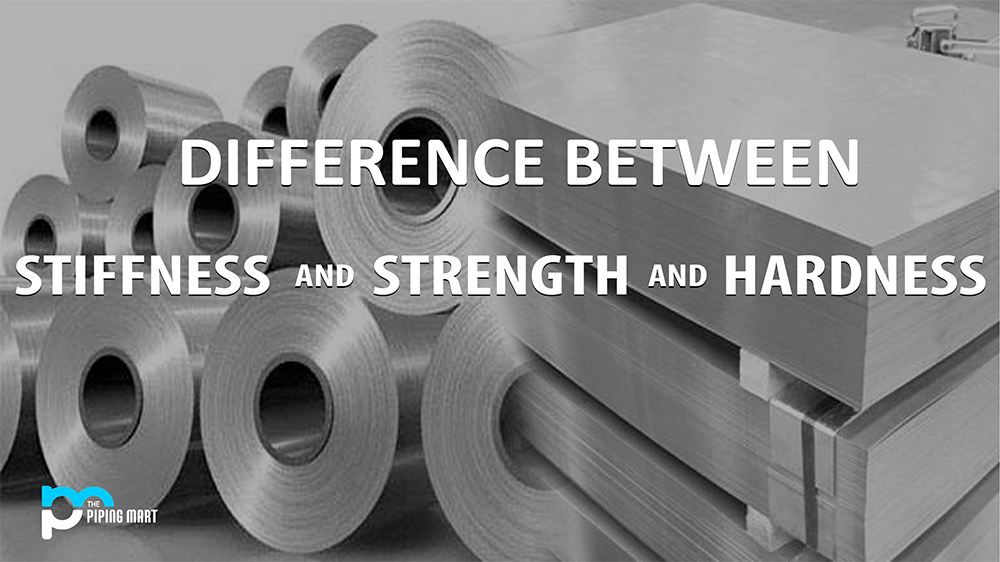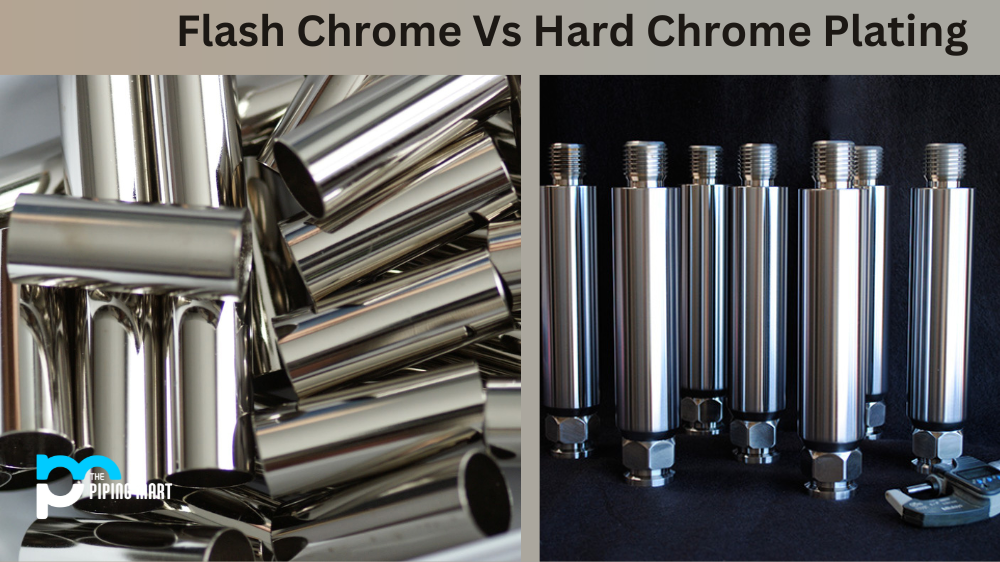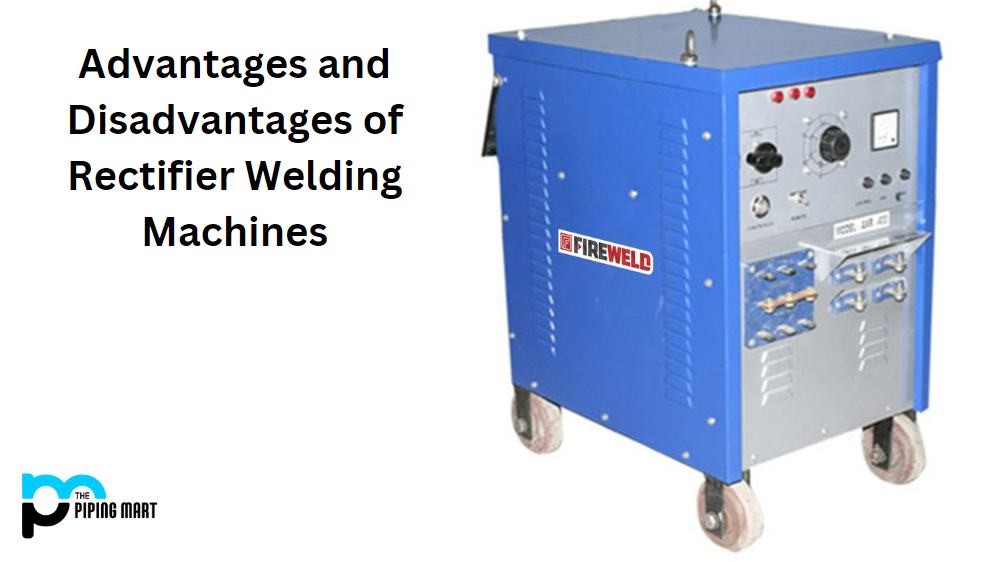Electric ball valves have become increasingly popular in various industries due to their efficiency and precision in controlling the flow of liquid or gas. They are categorized based on their power source, materials, and design, which dictate their function and application. In this blog post, we will discuss the different types of electric ball valves and their specific uses. Whether you are working in chemical, pharmaceutical, gas, or water treatment plants, this article will provide you with essential information that will help you choose the right electric ball valve for your operations.
Full-Bore Ball Valves –
Full-bore ball valves are designed to have the same diameter as the piping, providing a full flow path for the fluid. They have a robust construction, which allows them to handle high-pressure and temperature applications, making them ideal for chemical factories, refineries, and gas plants. These valves are often used in shut-off and throttling applications due to their ability to control the flow rate accurately.
Reduced Port Ball Valves –
Reduced port ball valves, or standard port valves, have smaller cavity diameters than the pipeline. They are commonly used in applications that require moderate flow rates and low-pressure drops, such as water treatment plants, pulp and paper industries, and HVAC systems. Reduced port valves are cost-effective and compact, making them suitable for compact spaces.
V-Port Ball Valves –
V-port ball valves are designed to have a V-shaped cavity inside the ball. This construction gives them better flow control precision for precise flow modulation. These valves are ideal for applications requiring modulating control, such as chemical plants, HVAC systems, and water treatment plants. They also perform well in applications requiring quick and accurate responses to flow changes, such as boiler feedwater control.
Three-Piece Ball Valves –
Three-piece ball valves consist of three separate pieces, namely the body, the ball, and the end caps. They are designed to be more lightweight and easy to maintain compared to one-piece or two-piece ball valves. Three-piece ball valves have higher durability and can handle high-pressure applications, making them ideal for industrial applications.
Top-Entry Ball Valves –
Top-entry ball valves have a unique design that allows access to the interior components through the valve’s top without removing the valve from the pipeline. They provide ease of maintenance, especially in applications that require frequent cleaning or repair. These valves are ideal for high-pressure applications, such as gas pipelines and oil refineries.
Conclusion:
In conclusion, electric ball valves play a crucial role in various industrial processes that require precision and efficiency in controlling the flow of gas or liquid. Knowing the different types of electric ball valves and their specific uses will help you choose the right valve for your application and avoid costly installation and maintenance mistakes. Whether looking for full-bore, reduced port, V-port, three-piece, or top-entry ball valves, selecting a reliable supplier with a proven track record is key to ensuring optimal system performance.

A passionate metal industry expert and blogger. With over 5 years of experience in the field, Palak brings a wealth of knowledge and insight to her writing. Whether discussing the latest trends in the metal industry or sharing tips, she is dedicated to helping others succeed in the metal industry.




